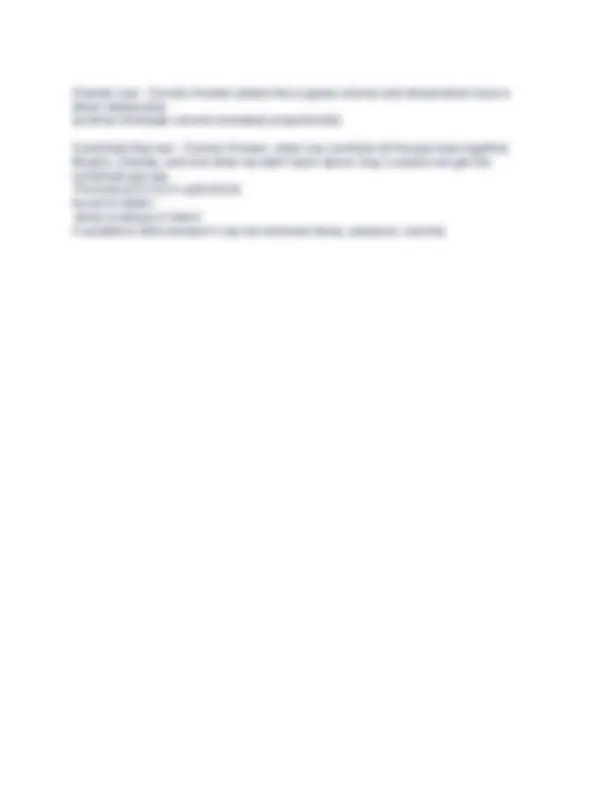



Study with the several resources on Docsity

Earn points by helping other students or get them with a premium plan


Prepare for your exams
Study with the several resources on Docsity

Earn points to download
Earn points by helping other students or get them with a premium plan
Community
Ask the community for help and clear up your study doubts
Discover the best universities in your country according to Docsity users
Free resources
Download our free guides on studying techniques, anxiety management strategies, and thesis advice from Docsity tutors
A comprehensive overview of gas laws and the kinetic molecular theory, including key concepts, definitions, and examples. It covers topics such as the properties of gases, pressure, volume, temperature, and the ideal gas law. The document also includes a review of boyle's law, charles' law, and the combined gas law, along with their applications. It is a valuable resource for students studying chemistry or physics, particularly those preparing for exams.
Typology: Study Guides, Projects, Research
1 / 2

This page cannot be seen from the preview
Don't miss anything!


Properties of gases - Correct Answer-indefinite volume: gases volume is indefinite since it can be changed fairly easily Pressure - Correct Answer-changing the pressure can affect the volume increase pressure->volume decreases decrease pressure->volume increases the space between particles is very large which allows the pressure to change Volume of gases is affected by - Correct Answer-pressure and the amount of gas( the number of particles, the more particles the more volume)(when both pressure and temp are constant) Temperature: measurement of the average kinetic energy high temp->fast particles, increase volume low temp->slow particles, decrease volume volume of container - Correct Answer-gas takes the volume of its container which limits the volume of a gas (rigid container) Kinetic Molecular Theory - Correct Answer-a theory used to help explain how ideal gases behave requirements of KMT(for ideal gases) - Correct Answer-1) particles move in random straight lines of motion
Charles Law - Correct Answer-states that a gases volume and temperature have a direct relationship as temp increases volume increases proportionally Combined Gas law - Correct Answer--when you combine all the gas laws together, Boyle's, Charles, and one other we didn't learn about, Gay-Lussac's we get the combined gas law